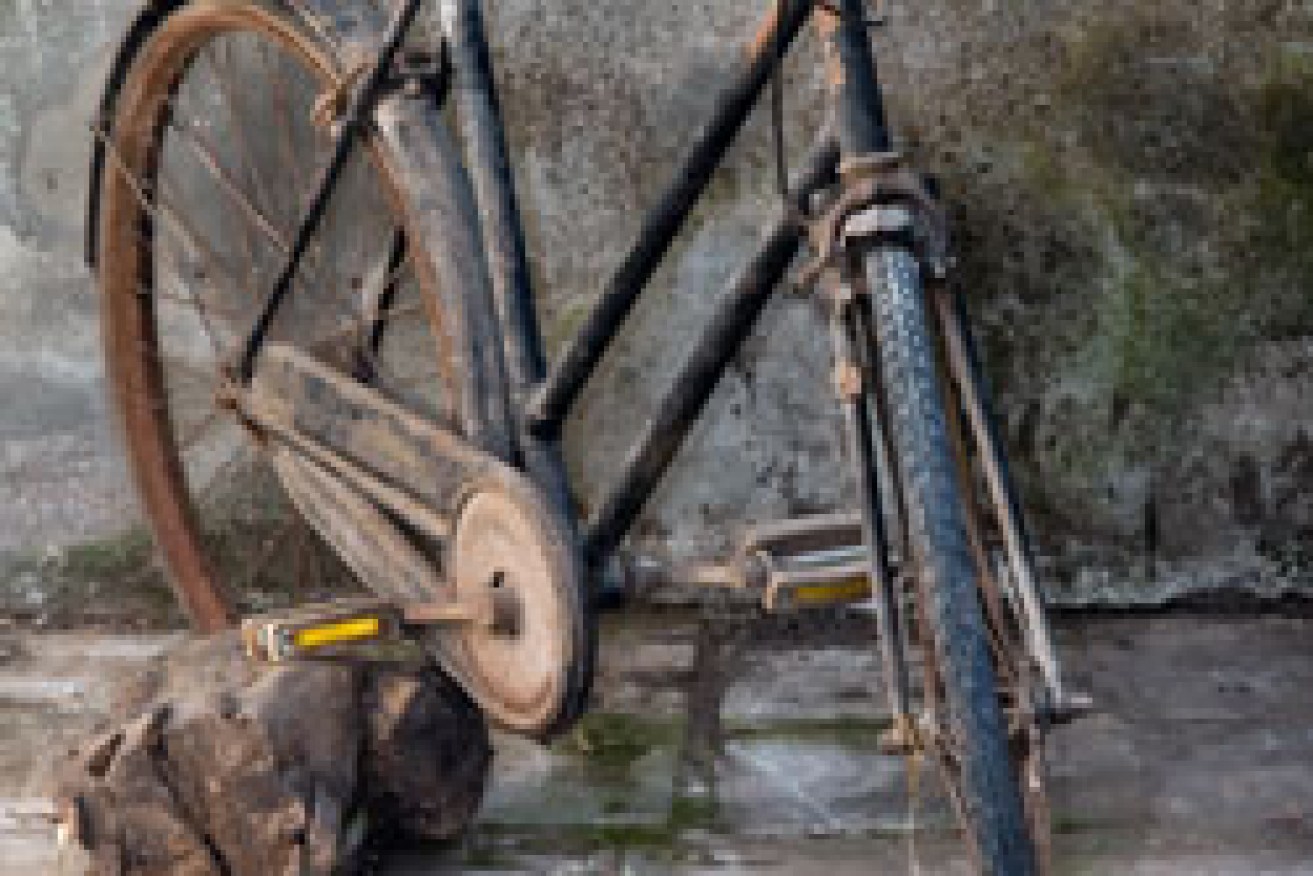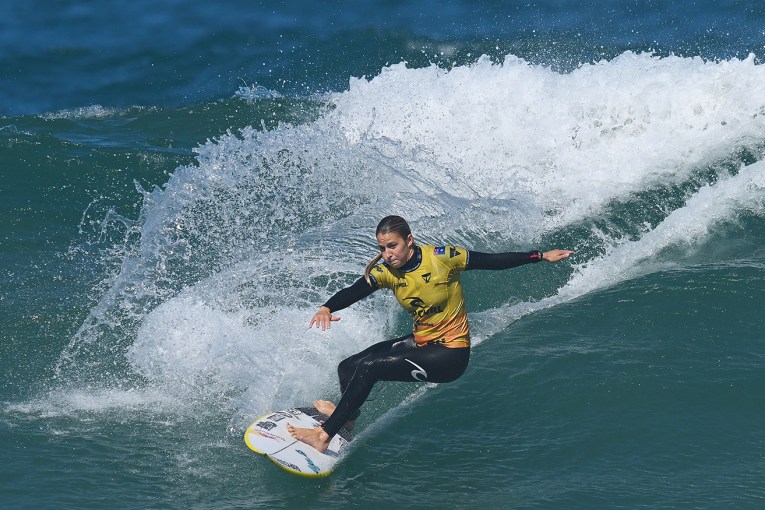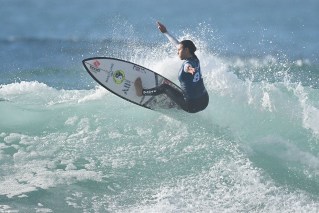How to keep your bike safe from thieves

Bikes that don't look attractive are another way to keep the criminals away. Photo: Shutterstock
I have had several bikes stolen over the years while living in small country towns and also larger capital cities. I know of many others who have also suffered the same.
It’s not a nice feeling to discover your bicycle has been nicked without your consent.
So since my last commuter bike was stolen, I have taken more prudent measures to protect my property and stop thieves.
• Laws to protect cyclists more badly needed
• Solutions to your top five bike excuses
• Why cyclists are actually a motorist’s best friend
In the interest of preventing bike theft, here’s my top tips:
1. Always use a heavy duty lock
My last bicycle was stolen because I had only used a lightweight cable lock attached to the frame. I didn’t think I’d need any more because I was only leaving it unattended for a few moments while I ducked into the grocery store.
Evidently, it only takes a few moments for a thief to cut through these types of locks and take off with your bike.

Locking your wheel deters would-be thieves. Photo: Shutterstock
Since then I have always used a heavy duty ‘D-lock’ for the bike frame, plus an additional cable to secure my wheels. If I am parking in high-risk public places, I use two heavy duty D-locks to secure the rear wheel and frame, plus the cable for the front wheel.
Even when I have my bike parked at home, inside a storage room, I will lock the bike up. I know of many people who have had expensive bicycles stolen from inside their house because they falsely believed the bikes were safe.
Buyer beware: Not all bicycle locks are made the same. Quality of design and materials means the difference between a lock that is easy or difficult to remove for thieves.
I always recommend the heavy duty D-locks made by companies such as Kryptonite and ABUS. Expect to invest at least $50-$200 on locks and cables. The amount you spend is relative, of course, to the value of the bike and how much peace of mind you want.
2. Use the lock properly
There’s no point spending lots of money on heavy duty bike locks if you aren’t going to use them properly.
My mind boggles when I see nice new bikes secured to a pole with a lock or cable, but the owner has only secured the front wheel leaving the rest of the bike highly vulnerable to theft, especially as most bikes have quick-release front wheels.
My preferred method is to lock the rear wheel and frame (if the D-lock is large enough) to a secure pole, and then loop a cable through the front wheel and attach that to the D-lock for added security.

Picking a busy area to lock your bike can end up in scenes like this. Photo: Shutterstock
Another common method is to lock the rear wheel to the pole from within the rear triangle of the bike frame and attach the cable to the front wheel. Ideally, the lock should be tight and have minimal gaps.
3. Choose your location wisely
Avoid public bike racks and use secure parking wherever possible. But remember to always use a heavy duty lock.
Secure parking sometimes becomes a target by thieves preying on complacent bike owners.
If you must leave your bike locked up in a public area, try to choose a place that isn’t too busy or too secluded. It’s also a good idea to not always use the same location if your bike is of any great value.
I found that bike racks in front of a cafe, restaurant or small store were best.
My theory is that it would be more difficult for a thief to use a power tool to cut through my D-locks in these areas without attracting unwanted attention.
4. Remove all accessories
Another mind boggler is people who leave bikes locked up with valuable accessories still attached to the bike.
Whenever you leave your bike somewhere, even in ‘secure parking’ areas, it is imperative to always remove any valuable accessories from the bike. These include your lights, GPS or bike computers, tool kits and so forth.
Remember: Having your nice LED bike lights stolen because you couldn’t be bothered to take them off is NOT an excuse to ride at night with no lights.
5. Make your bike look unattractive

Bikes that don’t look attractive are another way to keep the criminals away. Photo: Shutterstock
This is a serious measure and is directly relevant to the levels of bike theft in your area and how often you are leaving your bike in an unsecured location.
Essentially the idea is to make your bike look ugly and dirty, so that would-be thieves are not attracted to it.
I have heard and seen many different techniques to accomplish this over the years including personalising or covering the frame with wax, paint, permanent marker, stickers and more.
My commuter bike’s frame is covered with old duct tape and stickers. For extra effect and protection, I also wrap an old plastic bag over the saddle when I lock it up in a unsecured area.
In summary
These methods are not fool-proof, but they will go a long way to keep you bike safe and secure from thieves.
Remember to always be vigilant and always lock your bike properly, even if the area seems safe or you’re only leaving it unattended for a minute.
What’s your best tip for bicycle security? Leave your best suggestion(s) in the comments below.








